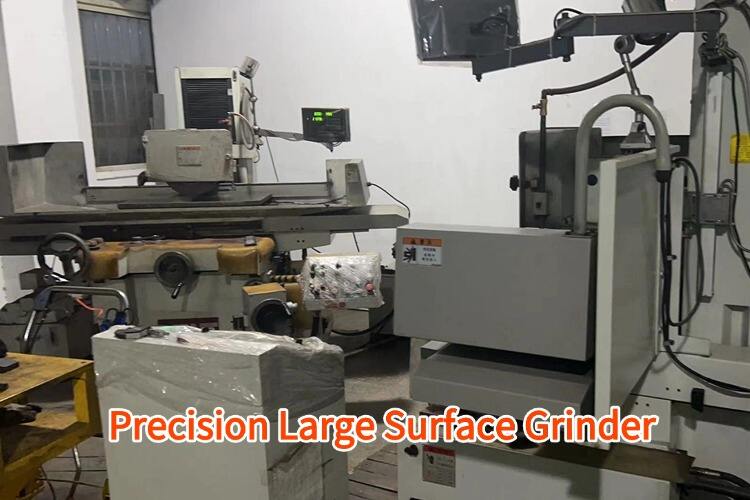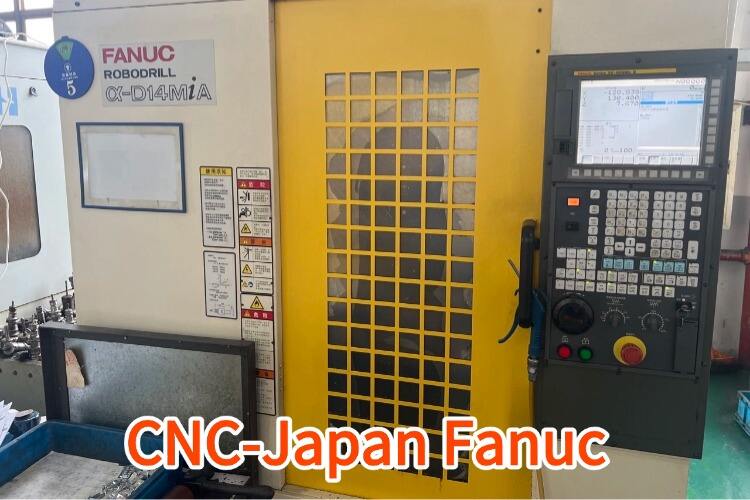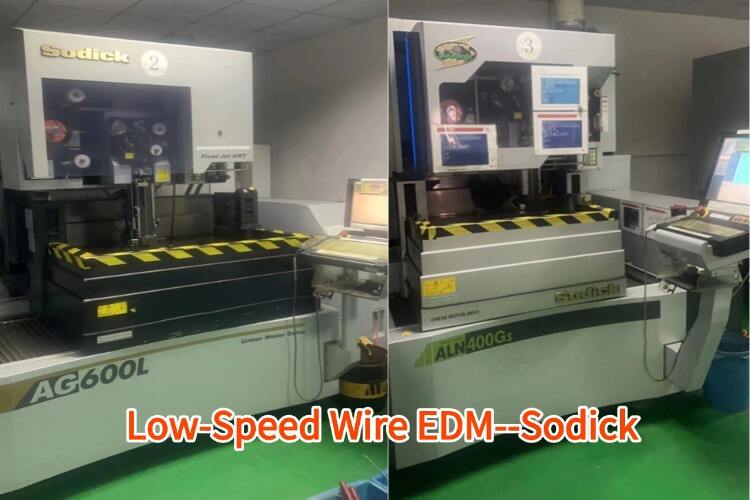what is cnc aerospace machining
CNC aerospace machining represents a cutting-edge manufacturing process specifically designed for producing high-precision components for the aerospace industry. This advanced technology utilizes computer numerical control (CNC) systems to transform raw materials into complex aerospace parts with exceptional accuracy. The process involves sophisticated software that converts digital designs into detailed machining instructions, controlling various cutting tools and movements with microscopic precision. These machines can perform multiple operations including milling, turning, drilling, and grinding, all while maintaining tolerances as tight as 0.0001 inches. CNC aerospace machining is essential for creating critical components such as turbine blades, landing gear parts, structural elements, and engine components. The technology employs advanced materials including titanium alloys, high-grade aluminum, and heat-resistant superalloys, ensuring the final products meet the stringent requirements of aerospace applications. Modern CNC aerospace machining centers are equipped with multi-axis capabilities, typically featuring 5-axis or more, enabling them to machine complex geometries from virtually any angle. This technology also incorporates advanced quality control systems and real-time monitoring to ensure consistency and reliability in every manufactured component.


